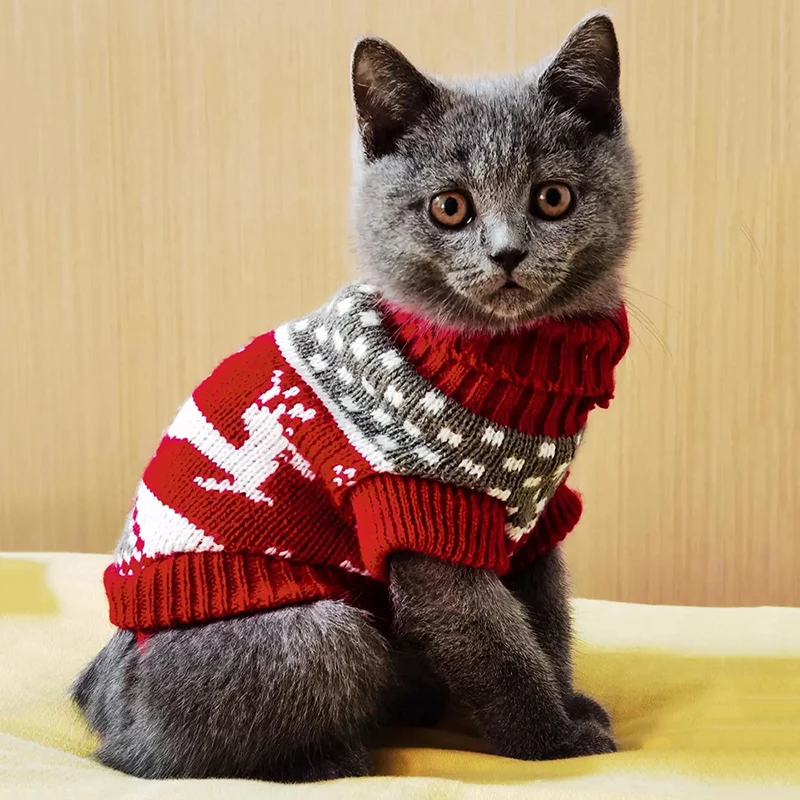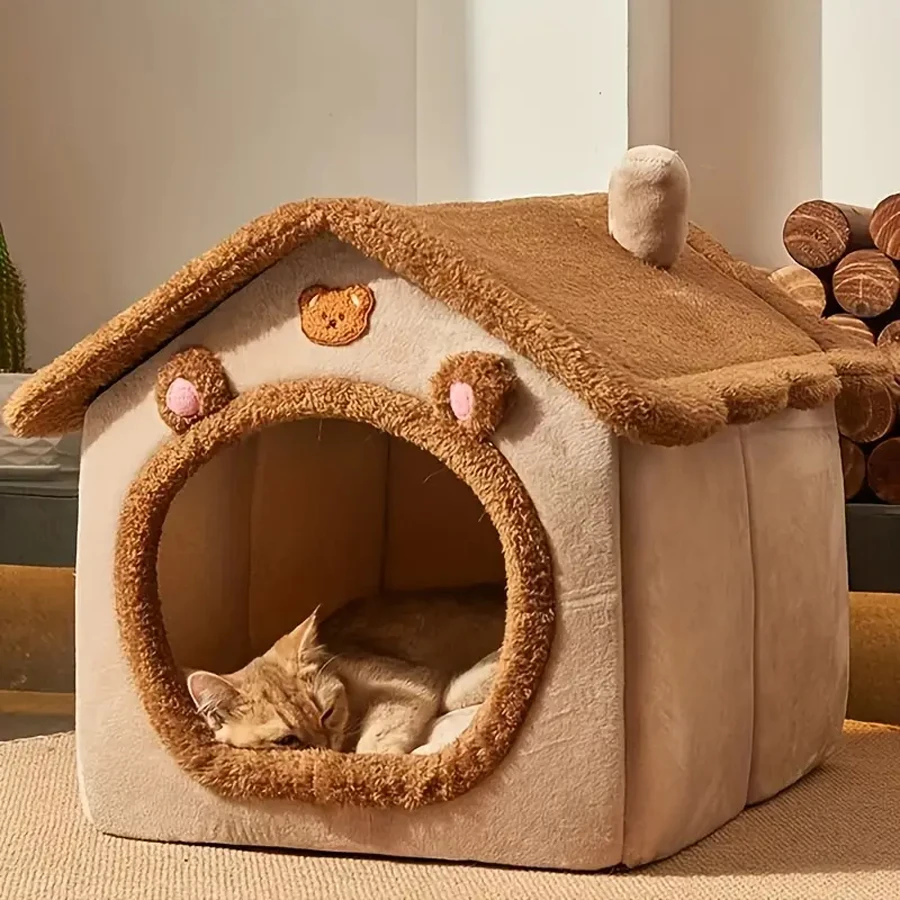The Feline Innovators of Human-Pet Relationships: Cats and Their Pioneering Role in Bonding Beyond Species
- 3 Comments
In the intricate tapestry of human-animal relationships, cats have always held a unique position. While dogs might be lauded for their loyalty and horses for their grandeur, cats have carved out a niche that is both subtle and profound, serving as silent architects of interspecies connections that transcend ordinary companionship. This intricate bond has evolved over thousands of years, starting from the time when wildcats first cozied up to human settlements, seeking warmth and offering pest control in return.
The modern-day relationship between cats and humans is a testament to the adaptability and profound social intelligence of these animals. Unlike their canine counterparts, cats have perfected the art of subtle communication, often relying on a sophisticated array of vocalizations, body language, and eye contact to convey their emotions and desires. This nuanced form of interaction has not only strengthened the bond between cats and their human counterparts but has also opened new avenues for understanding cross-species communication.
Recent studies have shed light on how cats have honed their ability to understand human emotions and respond accordingly. Researchers at the University of Tokyo have demonstrated that cats can distinguish between their owner’s voice and that of a stranger, reacting more robustly to the familiar sound. This ability to recognize and respond to specific vocal cues is just one aspect of their complex communication repertoire. Furthermore, the feline purring mechanism, once thought to be a mere expression of contentment, is now understood to be a multifaceted form of communication that can signal a range of emotions from happiness to distress, or even serve as a healing mechanism for themselves and their human companions.
Cats also play an instrumental role in fostering emotional resilience among their human families. In an era where mental health is increasingly recognized as a critical component of overall well-being, the presence of a feline friend can provide significant psychological benefits. Studies have shown that interaction with cats can reduce stress, lower blood pressure, and even decrease the risk of heart disease. The simple act of petting a cat can trigger the release of oxytocin, a hormone associated with love and bonding, thereby enhancing the sense of connection between the pet and its owner.
Moreover, the companionship of a cat can be particularly beneficial for individuals experiencing loneliness or social isolation. Cats, with their independent yet affectionate nature, offer a non-judgmental presence that can be deeply comforting to those who may find human interactions overwhelming or challenging. For elderly individuals or those living alone, a cat can provide not only companionship but also a sense of purpose and routine, as the daily responsibilities of pet care instill a structured rhythm to life.
The role of cats in interspecies bonding also extends to their interactions with other animals. Cats have been observed forming unlikely friendships with a variety of species, from dogs to rabbits and even birds. These interspecies friendships challenge traditional notions of animal behavior, suggesting that cats possess an intrinsic ability to form bonds beyond the boundaries of species, driven by curiosity and a profound capacity for empathy.
As we continue to explore the depths of human-animal relationships, it’s clear that cats are not merely passive companions but active participants in the social fabric of our lives. Their unique combination of independence and affection, coupled with their ability to communicate across species barriers, positions them as pioneers in the ongoing evolution of human-pet relationships. In a world where connections are increasingly digital and fleeting, the timeless bond between humans and cats offers a reminder of the enduring power of companionship, transcending the boundaries of language and species.

In the intricate tapestry of human-animal relationships, cats have always held a unique position. While dogs might be lauded for their loyalty and horses for their grandeur, cats have carved out a niche that is both subtle and profound, serving as silent architects of interspecies connections that transcend ordinary companionship. This intricate bond has evolved over thousands of years, starting from the time when wildcats first cozied up to human settlements, seeking warmth and offering pest control in return.
The modern-day relationship between cats and humans is a testament to the adaptability and profound social intelligence of these animals. Unlike their canine counterparts, cats have perfected the art of subtle communication, often relying on a sophisticated array of vocalizations, body language, and eye contact to convey their emotions and desires. This nuanced form of interaction has not only strengthened the bond between cats and their human counterparts but has also opened new avenues for understanding cross-species communication.
Recent studies have shed light on how cats have honed their ability to understand human emotions and respond accordingly. Researchers at the University of Tokyo have demonstrated that cats can distinguish between their owner’s voice and that of a stranger, reacting more robustly to the familiar sound. This ability to recognize and respond to specific vocal cues is just one aspect of their complex communication repertoire. Furthermore, the feline purring mechanism, once thought to be a mere expression of contentment, is now understood to be a multifaceted form of communication that can signal a range of emotions from happiness to distress, or even serve as a healing mechanism for themselves and their human companions.
Cats also play an instrumental role in fostering emotional resilience among their human families. In an era where mental health is increasingly recognized as a critical component of overall well-being, the presence of a feline friend can provide significant psychological benefits. Studies have shown that interaction with cats can reduce stress, lower blood pressure, and even decrease the risk of heart disease. The simple act of petting a cat can trigger the release of oxytocin, a hormone associated with love and bonding, thereby enhancing the sense of connection between the pet and its owner.
Moreover, the companionship of a cat can be particularly beneficial for individuals experiencing loneliness or social isolation. Cats, with their independent yet affectionate nature, offer a non-judgmental presence that can be deeply comforting to those who may find human interactions overwhelming or challenging. For elderly individuals or those living alone, a cat can provide not only companionship but also a sense of purpose and routine, as the daily responsibilities of pet care instill a structured rhythm to life.
The role of cats in interspecies bonding also extends to their interactions with other animals. Cats have been observed forming unlikely friendships with a variety of species, from dogs to rabbits and even birds. These interspecies friendships challenge traditional notions of animal behavior, suggesting that cats possess an intrinsic ability to form bonds beyond the boundaries of species, driven by curiosity and a profound capacity for empathy.
As we continue to explore the depths of human-animal relationships, it’s clear that cats are not merely passive companions but active participants in the social fabric of our lives. Their unique combination of independence and affection, coupled with their ability to communicate across species barriers, positions them as pioneers in the ongoing evolution of human-pet relationships. In a world where connections are increasingly digital and fleeting, the timeless bond between humans and cats offers a reminder of the enduring power of companionship, transcending the boundaries of language and species.









3 thoughts on “The Feline Innovators of Human-Pet Relationships: Cats and Their Pioneering Role in Bonding Beyond Species”
This insightful post highlights the remarkable role cats play in enhancing interspecies relationships and deepening the bond between humans and their pets.
The article indeed provides an interesting perspective on the role cats have in interspecies relationships and the bond they share with humans. It explores various aspects of feline behavior and communication, which contribute to their unique position as companions. Additionally, the piece touches on the emotional benefits that cats can offer to their human families, as well as their interactions with other species. It’s fascinating to consider how these elements combine to create a complex and rewarding relationship between cats and humans.
It’s wonderful to see your appreciation for the multifaceted relationship between cats and humans. Their unique behaviors and communication styles indeed create a rich, rewarding connection, benefiting both humans and other species. It’s intriguing how these interactions enhance our understanding of companionship.